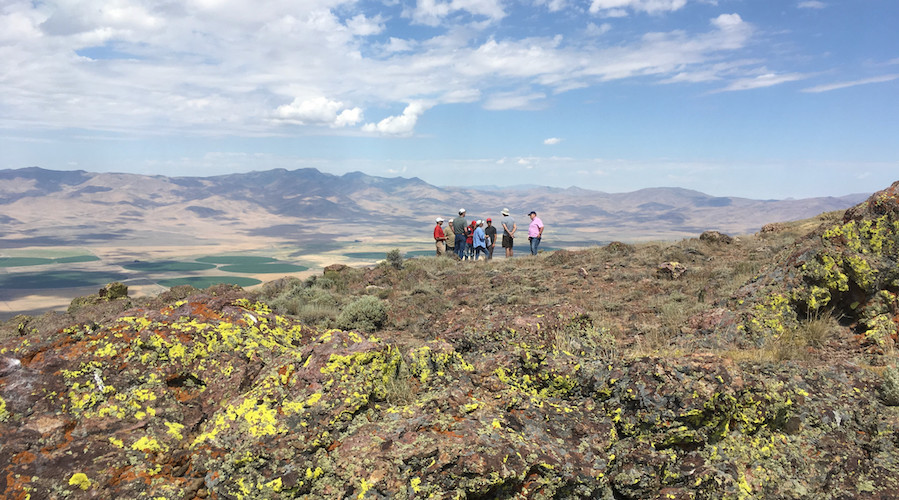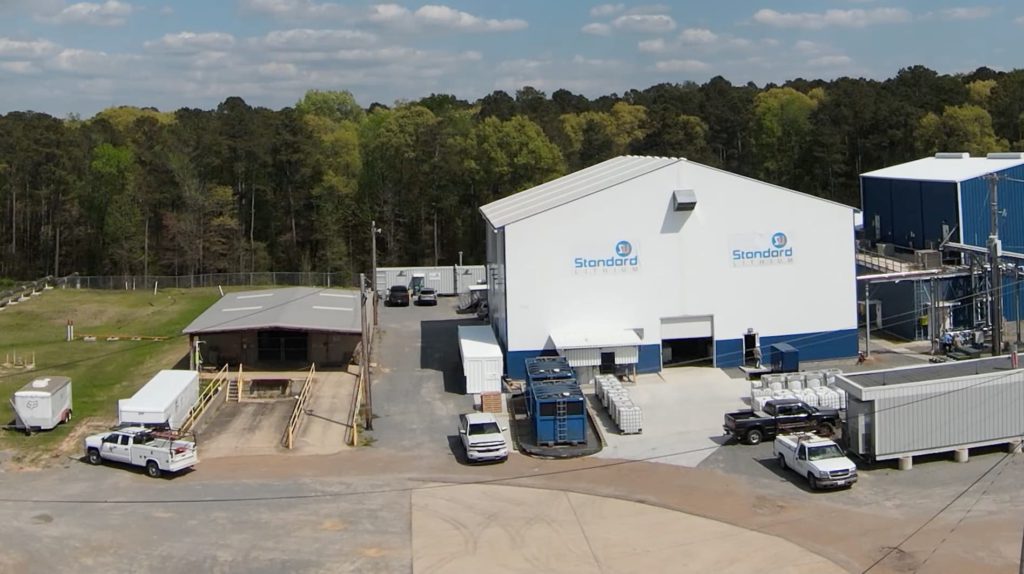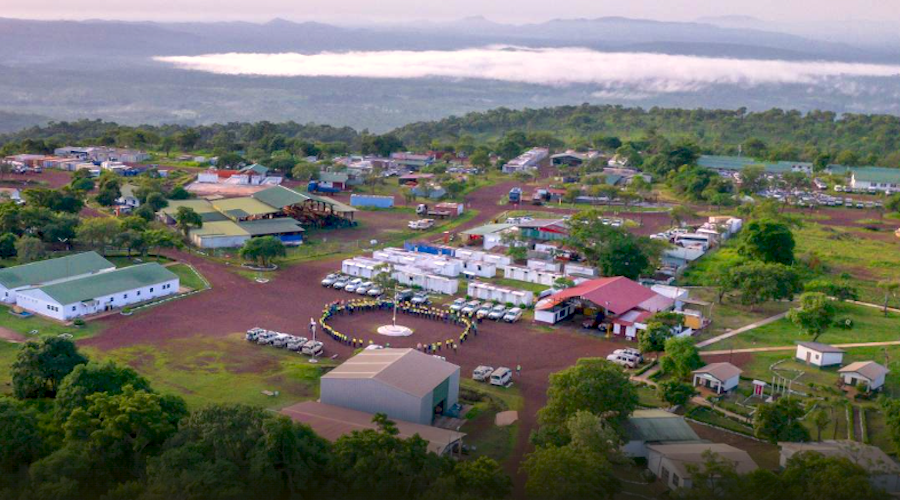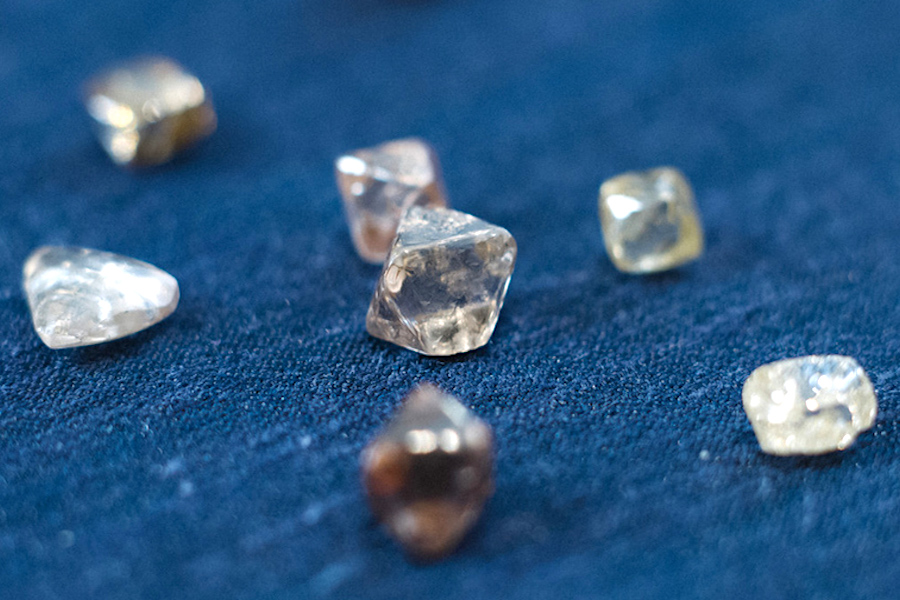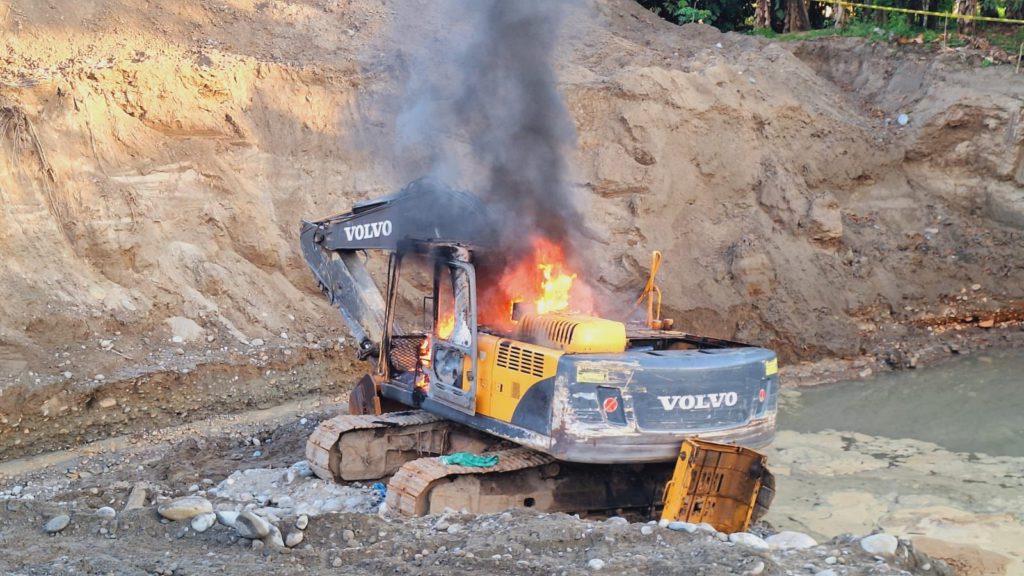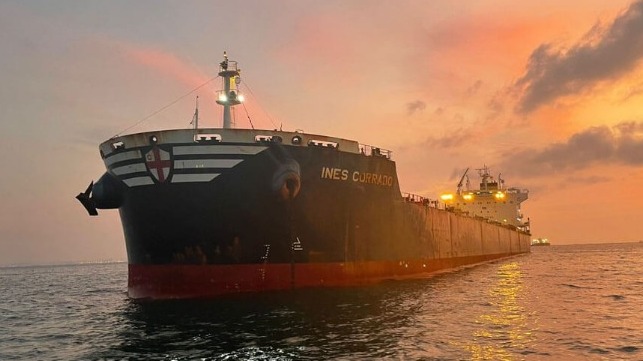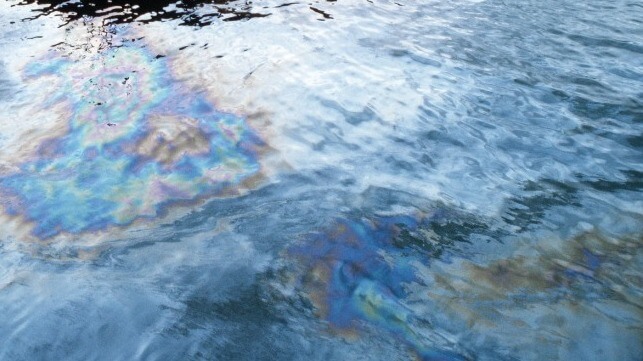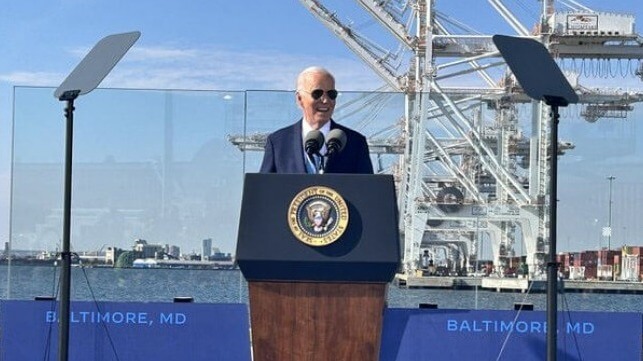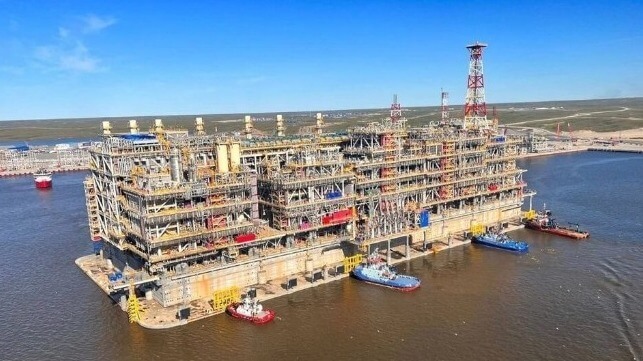
GlobalData
Fri, November 1, 2024
Australia-based Mineral Resources has slashed 570 jobs and slowed down the underground construction at its Mt Marion lithium project in Western Australia, reported the Australian Financial Review (AFR).
This news comes as the company is embroiled in a tax evasion investigation involving offshore companies linked to its founder and CEO Chris Ellison.
The job cuts have been implemented over the past four months, a period marked by persistently low lithium prices.
The announcement of layoffs coincided with a A$1.1bn sale of gas assets to Gina Rinehart’s Hancock Prospecting and the closure of the Yilgarn iron ore mine.
In a recent update, Mineral Resources highlighted its cost-cutting measures, identifying approximately A$300m in capex and opex cost savings.
This includes A$180m from reduced capex for the 2024–25 period and A$120m in opex reductions, particularly within its lithium division.
The company informed employees of the impending changes, which will take place over the next four to six weeks.
Workers at the two lithium mines in Western Australia will face a choice between spending more time on-site or opting for redundancy. These measures are part of the company's strategy to decrease expenses as it deals with significant debt.
Despite the operational challenges, the company shares saw a 9.2% increase to A$39.40 each on Thursday in Sydney, bringing the company's valuation to A$7.7bn. The shares have fluctuated within a 52-week range of A$29.51–A$79.76.
AFR reported that the Mineral Resources’ board was aware of the probe and had initiated an investigation, yet chose not to disclose any information to shareholders.
In response to inquiries from the Australian Stock Exchange earlier this week, the company disclosed that it was informed of the allegations in June 2022 and had engaged a lawyer to investigate.
The board did not inform shareholders, believing the matter was not materially price-sensitive. Despite acknowledging Ellison's lapse in judgment, the board expressed continued trust in his leadership.
The tax evasion scheme reportedly involved Ellison selling equipment to Mineral Resources at inflated prices through a company registered in the British Virgin Islands. Profits were allegedly distributed among former chairman Peter Wade, Ellison and four other founding executives.
"Mineral Resources cuts 570 jobs amid CEO’s tax evasion probe" was originally created and published by Mining Technology, a GlobalData owned brand.
Bloomberg News | October 27, 2024
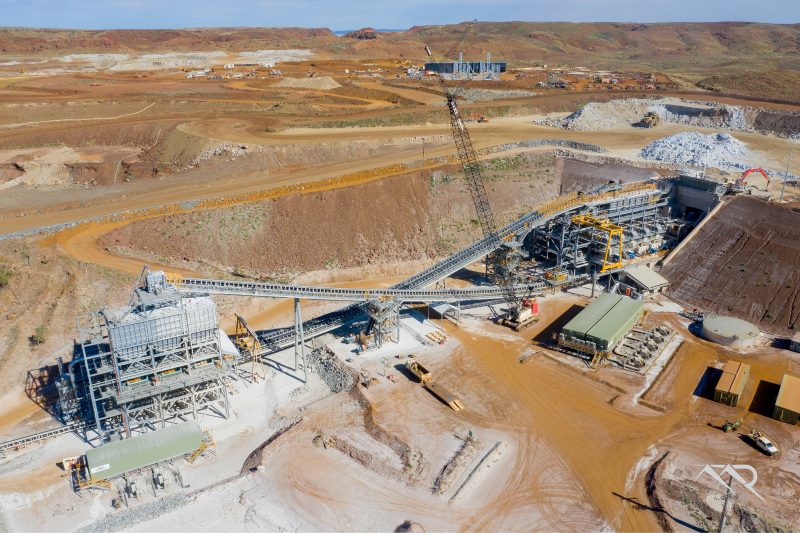
Wodgina joint venture project. Credit: Mineral Resources
Mineral Resources Ltd. said its investigation into undeclared payments made to companies linked to its tycoon founder, Chris Ellison, would be completed by next week.

Ellison, who is managing director and a major shareholder, said the payments pre-dated the company’s 2006 listing, and came from overseas entities he and his business partners operated, and which sold mining equipment and parts. He did not declare the income from the supply contracts.
“There has been considerable media coverage since Oct. 19 and the board’s investigation has evolved to respond to statements that do not accord with the company’s understanding of the facts,” Mineral Resources said in a corporate statement Monday.
The company’s shares slumped 26% last week after a report that Ellison had struck a deal with the Australian Taxation Office to repay owed money.
(By Paul-Alain Hunt)

